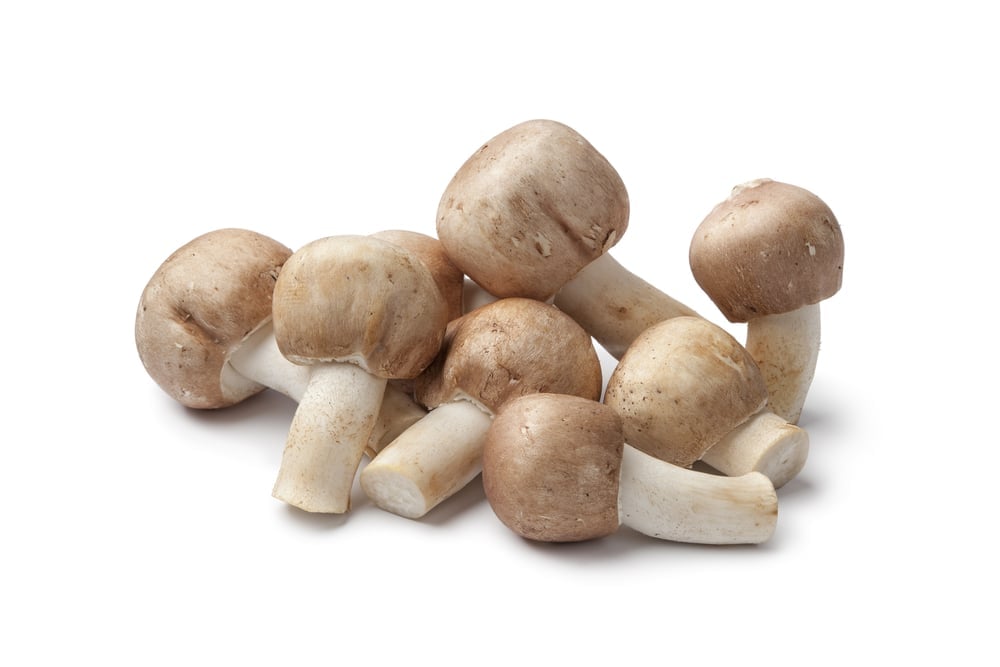
Introduction to Agaricus subrufescens Culture
Agaricus subrufescens, also known as the almond mushroom or sun mushroom, is a widely cultivated medicinal mushroom species valued for its unique almond scent and rich medicinal properties. This article explores the culture and cultivation methods of Agaricus subrufescens, highlighting its chemical composition, agronomic behavior, and benefits to human health.
Understanding Agaricus subrufescens and Its Medicinal Benefits
Agaricus subrufescens Peck, sometimes referred to as Agaricus brasiliensis Wasser, is renowned for its medicinal benefits, including anti-cancer properties and immunomodulatory activities. The mushroom contains bioactive compounds such as β-glucans and ergosterol that contribute to its therapeutic effects. Its cultivation has expanded internationally due to growing interest in medicinal mushrooms.
The Importance of Mushroom Cultivation for Agaricus subrufescens
Mushroom cultivation plays a critical role in producing high-quality Agaricus subrufescens fruiting bodies. Cultivation methods influence the chemical composition and medicinal properties of the mushrooms. Understanding the substrate, spawn run, casing layer, and environmental conditions is essential for successful mushroom growing.
Substrate Selection and Preparation: Using Wheat Straw and Garden Compost
Agaricus subrufescens culture typically utilizes composted substrates, including wheat straw and garden compost, which provide the necessary nutrients for mycelium growth. The compost is often supplemented with nitrogen-rich materials to enhance yield and fruiting body quality. Proper substrate preparation is key to optimizing fungal interactions and mushroom development.
Spawn Preparation and Inoculation Techniques in Agaricus subrufescens Culture
The use of liquid culture and grain spawn is common in Agaricus subrufescens cultivation. Spawn run involves the colonization of the substrate by mycelium, which is critical for establishing a healthy fungal network. Inoculation methods must maintain sterility and precision to prevent contamination and ensure vigorous growth.
Managing the Casing Layer and Environmental Conditions for Optimal Growth
The casing layer, usually composed of peat or soil, covers the colonized substrate to induce primordia formation. Maintaining appropriate relative humidity, temperature, and aeration during the spawn run and fruiting stages is vital. Techniques such as ruffling the casing layer improve gas exchange and increase yield.
Cultivation Methods: From Small Scale to High Tunnels and International Markets
Agaricus subrufescens cultivation ranges from small-scale garden compost beds to commercial production in high tunnels and greenhouses. The mushroom’s adaptability to different cultivation conditions has facilitated its spread to various countries and international markets, promoting its availability for food and medicinal use.
Agronomic Behavior and Yield Optimization in Agaricus subrufescens Culture
Understanding the agronomic behavior, including the timing of the first flush, fruiting body size, and pileus color, helps growers optimize production. Nutritional supplementation of compost and temperature management during primordia induction can significantly enhance biological efficiency and mushroom quality.
Chemical Composition and Food Chemistry of Agaricus subrufescens
The chemical analysis of Agaricus subrufescens reveals high crude protein content, carbohydrates, and bioactive compounds essential for its medicinal properties. Studies in food chemistry help identify the optimal cultivation conditions that preserve these beneficial compounds, ensuring the mushroom’s value for human health.
Medicinal Properties and Therapeutic Potential of Agaricus subrufescens
Agaricus subrufescens is recognized for its immunomodulatory activities, anti-cancer properties, and antimicrobial effects. Ongoing research and further studies continue to explore its potential as an alternative treatment and supplement, highlighting the importance of cultivation methods that maximize these medicinal benefits.
Challenges and Future Directions in Agaricus subrufescens Cultivation
Despite advances, challenges remain in standardizing cultivation techniques and strain selection to ensure consistent quality and yield. Further studies are needed to optimize spawn run, substrate composition, and environmental controls to support sustainable production and expand the mushroom’s availability worldwide.
Conclusion
Agaricus subrufescens culture encompasses a range of cultivation methods that influence the mushroom’s medicinal properties and commercial value. By understanding the substrate, spawn, casing layer, and environmental requirements, cultivators can produce high-quality fruiting bodies that contribute to human health and meet international market demands.
Masterful Display
Each and everyone of our products are deeply considered, labored over, and improved upon time and time again. We invite you to experience the difference of our carefully crafted small batches of herbal support items. Whether it be our tea line, produced for a delightful experience, or our tincture blends and extracts, we have what you need.

